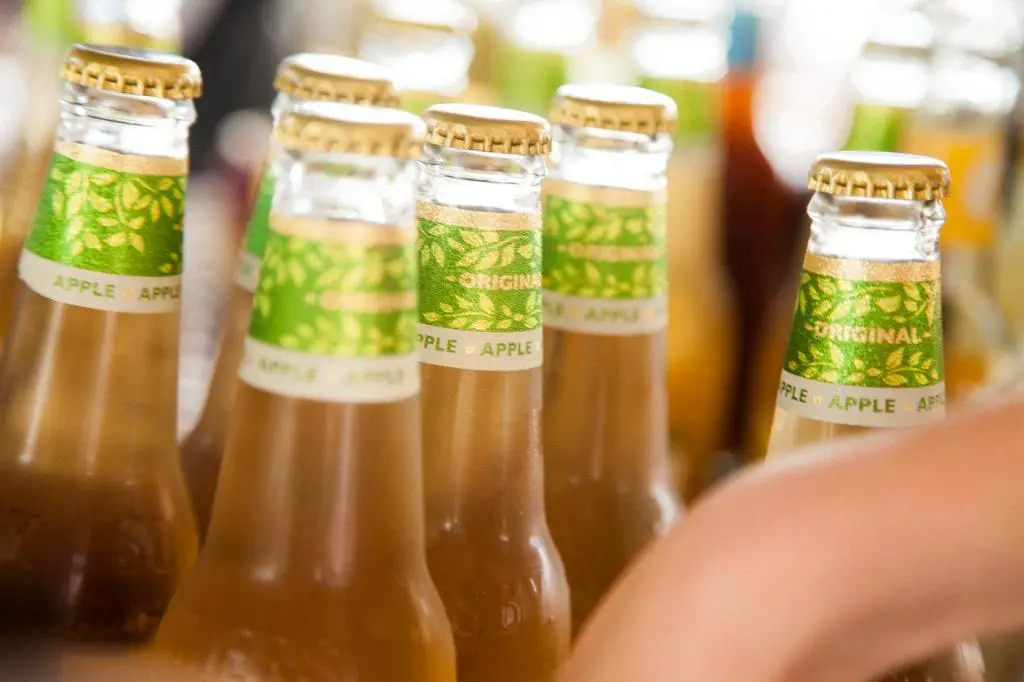If you’ve ever delved into the world of fermentation, chances are you’ve come across the term SCOBY. It stands for Symbiotic Culture of Bacteria and Yeast, and it plays a vital role in the creation of beverages like kombucha. But what about apple cider vinegar? Does it have a SCOBY too?
The short answer is yes! Apple cider vinegar does indeed have a SCOBY, but it’s not the same as the one used in kombucha. While both kombucha and vinegar are made using fermentation processes and result in the formation of a new SCOBY or ‘Mother of Vinegar’ culture, there are some key differences between the two.
Let’s dive a bit deeper into the science behind it. When making apple cider vinegar, the first step is to ferment apple cider using yeast. This fermentation process converts the sugars in the cider into alcohol. But the vinegar-making journey doesn’t stop there.
The Formation of a Mother of Vinegar
After the initial fermentation, another type of bacteria called acetobacter comes into play. Acetobacter converts the alcohol into acetic acid, which is responsible for the characteristic tangy taste of vinegar. It is during this stage that a gelatinous substance known as the ‘Mother of Vinegar’ or ‘Vinegar Mother’ starts to form.
Unlike the SCOBY in kombucha, the Mother of Vinegar is not a solid, flat surface but rather a jelly-like, floating mass. It may appear as a combination of cellulose, bacteria, and yeast. Over time, this mother continues to grow and develop, making it possible to create batch after batch of vinegar.
Differences Between Kombucha SCOBY and Vinegar Mother
While both kombucha SCOBY and vinegar mother serve similar purposes – facilitating fermentation – they differ in terms of the specific bacteria and yeast involved, as well as the byproducts they produce. Kombucha SCOBY typically consists of bacteria like Acetobacter xylinum and yeasts like Saccharomyces cerevisiae.
The SCOBY produces a variety of fermentation byproducts, including acetic acid, gluconic acid, and small amounts of alcohol. On the other hand, the Mother of Vinegar primarily contains Acetobacter bacteria, which perform the conversion of alcohol to acetic acid.
Utilizing the Vinegar Mother
Now that we understand the formation and role of the Mother of Vinegar in apple cider vinegar production, you might be wondering what to do if you have one. One option is to continue using it to make more vinegar.
You can simply take some of the vinegar mother and add it to a new batch of alcohol (fermented apple cider) to kickstart the process of converting alcohol into acetic acid. This allows you to create your own homemade apple cider vinegar with ease.

In Conclusion
In conclusion, while apple cider vinegar does have a SCOBY in the form of a Mother of Vinegar, it differs from the SCOBY used in kombucha. The Mother of Vinegar is a jelly-like mass that forms during the second stage of fermentation when acetobacter bacteria convert alcohol to acetic acid.
Understanding the differences between the two cultures allows us to appreciate the unique processes involved in creating both apple cider vinegar and kombucha. So, the next time you sip on your tangy apple cider vinegar, you can appreciate the role of the Mother of Vinegar in its creation.
